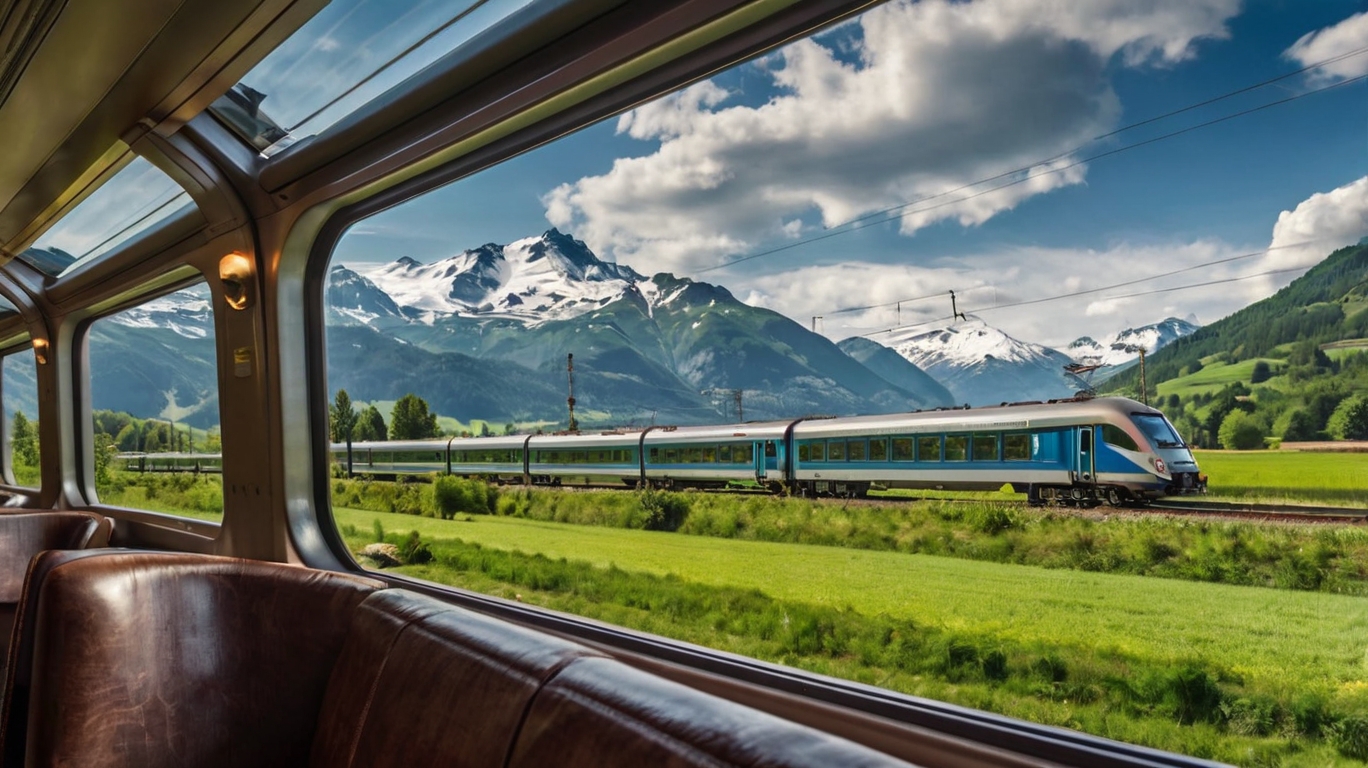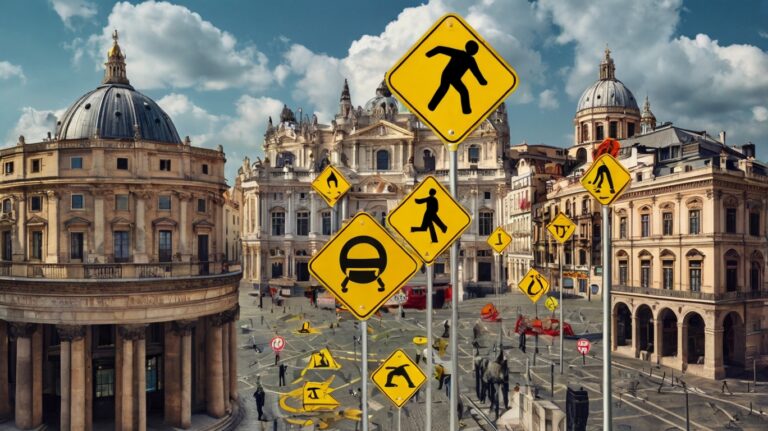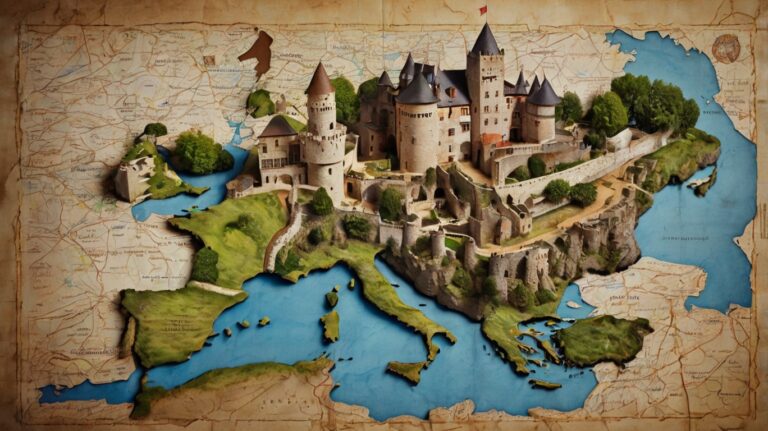25 Game-Changing Train Travel Hacks for European Railways
Ah, European train travel! It’s fast, it’s scenic, it’s comfortable—and it can sometimes be a bit confusing if you’re not prepared. After 15 years of solo travel across Europe, I’ve learned a ton of little hacks that make hopping on a train so much easier. Whether you’re navigating the busy rails of Spain, taking in the beauty of Switzerland, or zipping around Italy, these 25 hacks will transform your train journey. Trust me, a smooth train ride in Europe isn’t just about showing up on time; it’s all about those little tricks that make the experience extra enjoyable. So, buckle up (well, seatbelt off, we’re on a train) and let’s dive in.
1. Booking in Advance to Save Big
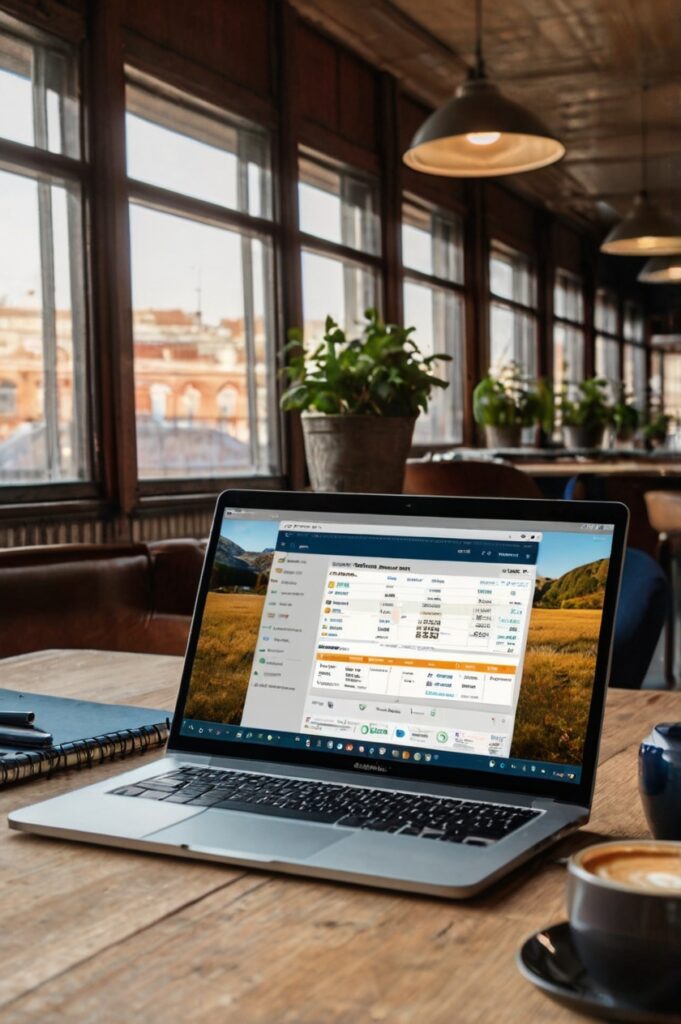
Booking your tickets early can save you a lot of money. European train operators like DB, SNCF, and Trenitalia offer substantial discounts if you book weeks (or even months) in advance. I’ve learned the hard way—waiting until the last minute will cost you. Pro tip: Use platforms like Omio or Trainline to compare prices and grab those early-bird deals. Trust me, it’s like a hidden treasure hunt, but better!
2. Use Regional Passes for Unlimited Travel
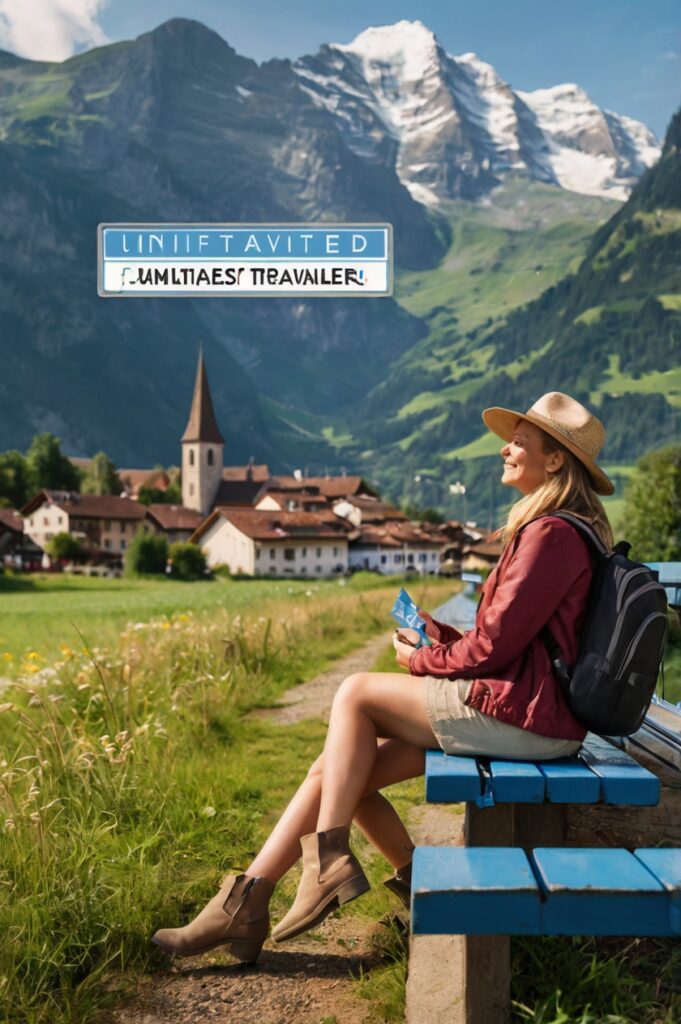
Don’t want to commit to a single route? Look into regional rail passes like the Eurail Pass or country-specific ones like the Swiss Travel Pass. I’ve used them to hop between cities, explore tiny villages, and even take spontaneous detours. It’s the best way to explore Europe on your own terms, without being tied down to a specific itinerary.
3. Travel Off-Peak for Quieter Journeys

Trains in Europe are busy during rush hour, and if you can avoid those times, your travel will be way more relaxed. I’ve learned that catching an early train or traveling later in the evening makes a world of difference in terms of crowd levels and finding a seat. Plus, the views during those early hours? Breathtaking.
4. Download Offline Maps & Schedules
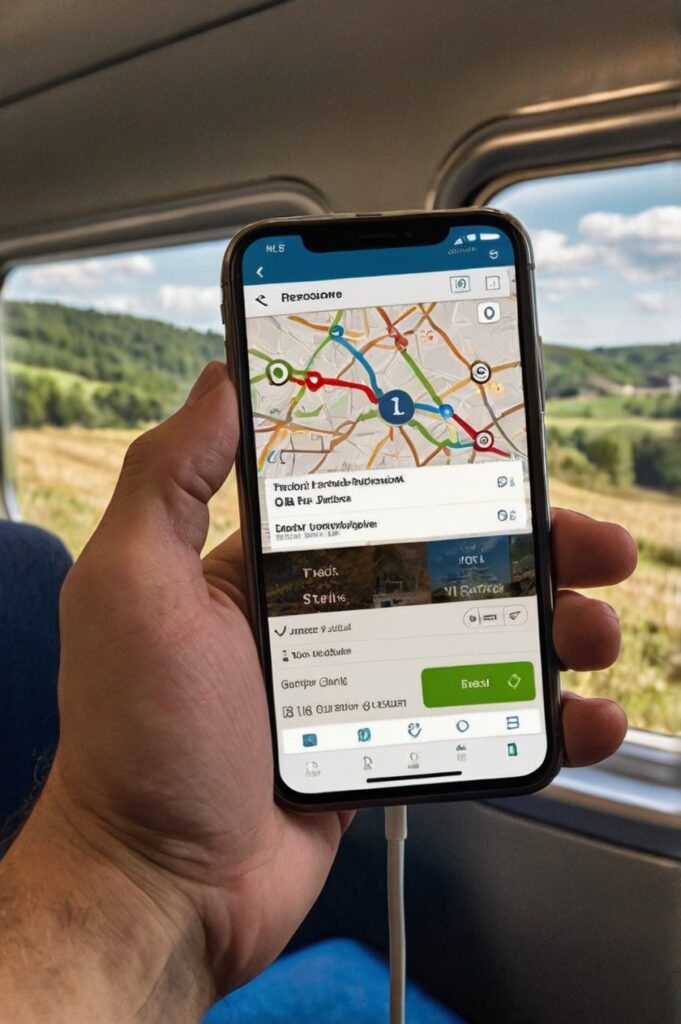
You don’t want to be caught without Wi-Fi in the middle of nowhere, especially when train schedules seem to change every five minutes. Download offline maps and schedule apps like DB Navigator or SNCF so you always know where you’re going. After a few missed connections, I’ve become an app believer!
5. Pack Snacks, But Don’t Rely on Train Food

Let’s face it, train food can be hit or miss. I’ve had my share of questionable sandwiches and overpriced snacks. Bring your own! Whether it’s a croissant, some fruit, or a sandwich from a local deli, you’ll be much happier when you’re snacking on your own terms. Plus, it’ll save you money!
6. Find Hidden Train Stations for Less Crowded Routes
Not all train stations are created equal. In major cities, there are often smaller, less crowded stations that are just as convenient. I found a secret gem in Rome’s Trastevere station—smaller lines, fewer crowds, and just as easy to get to the city center. It’s like finding the shortcut no one knows about.
7. Use the Train for Scenic Routes
Some of the most beautiful views in Europe can only be seen from the train. If you’re planning a trip through the Swiss Alps, for example, hop on the Glacier Express for an unforgettable journey through snow-capped mountains. Seriously, it’s like watching a postcard unfold in real-time.
8. Always Have a Charger & Power Bank
This is one of those “don’t leave home without it” essentials. European trains are often equipped with power outlets, but not always, and you don’t want to get stuck with a dead phone halfway through your journey. I always pack a power bank just in case, especially for those long, scenic routes.
9. Get to the Platform Early for Prime Seats
On popular routes, finding a good seat can feel like a game of musical chairs. The trick I’ve learned? Get to the platform early. Most trains assign seats, but if you can grab a good spot near your car, you’ll avoid the last-minute rush. Plus, it gives you extra time to people-watch!
10. Don’t Forget Your Passport or ID
Especially when you’re crossing borders, always have your passport or ID with you. European trains do occasionally check tickets, and you don’t want to get stuck at the border without proper documentation. I’ve learned that lesson the hard way, trust me.
11. Use the Train to Visit Multiple Cities in One Day
One of the best things about European rail travel is how easy it is to visit multiple cities in a single day. I’ve spent mornings in Munich, afternoons in Zurich, and evenings in Milan, all thanks to the speedy trains between major cities. Just plan your routes and travel times well, and you’ll feel like you’ve crammed an entire vacation into a single day.
12. Try the Sleeper Trains for Overnight Journeys
If you’re crossing long distances (like from Paris to Venice or Berlin to Zurich), why not sleep your way there? Overnight sleeper trains save you a night of hotel costs and let you wake up in a brand-new city, refreshed and ready to explore. I’ve taken many a sleeper train, and while they’re not the height of luxury, they sure do get the job done.
13. Know the Train Class Options (and When to Splurge)
Trains in Europe often come with different classes—standard, first, and sometimes even second-class options. I’ve taken a few first-class trains for the experience, and let me tell you, it’s worth it if you’ve got a long journey ahead. But for shorter trips? Standard class will do just fine.
14. Use Train Apps for Real-Time Updates
Delays happen. And when they do, I rely on train apps like DB Navigator to keep me in the loop. You’ll get real-time updates on your train’s status, platform changes, and any delays. I can’t count how many times these apps have saved me from panic mode at the station.
15. Store Your Luggage Securely
European train stations typically have luggage lockers, but they can fill up fast. I’ve learned that if you’re heading to a less crowded station, you’re more likely to find space for your bags. If not, don’t stress—most trains have designated luggage areas, so just keep an eye on your stuff!
16. Be Ready for Train Announcements (Even if You Don’t Speak the Language)
Train announcements are often in the local language, but don’t panic. I’ve found that most stations display the same info on screens, so if you can read a little, you’re golden. Plus, fellow travelers are usually more than happy to help if you’re a bit lost.
17. Avoid Extra Fees with Proper Ticket Validation
In some countries, like Italy or Spain, you need to validate your ticket before boarding. It’s a small step, but skipping it can lead to hefty fines. I always make sure I’ve stamped my ticket before I head to the platform. A little extra effort can save you a lot of stress.
18. Keep Your Ticket Handy for Random Checks
You never know when a conductor will come through to check your ticket, especially on international routes. I always keep my ticket in an easily accessible pocket so I’m not scrambling when they come by. It’s a simple thing, but it makes your journey much smoother.
19. Use the Train for City Hopping (More Than Just the Major Cities)
Don’t just limit yourself to major cities. European train networks connect a lot of hidden gems that are worth exploring. I once stumbled upon a medieval village in the Czech Republic that I would’ve never found if I hadn’t hopped on a random train out of Prague. Who knew the best destinations weren’t always in the guidebooks?
20. Bring Headphones or Earplugs for Peace and Quiet
There’s nothing like a peaceful train ride with your own soundtrack. But if you’re on a noisy train, earplugs are a lifesaver. Whether it’s the chatter of fellow passengers or the sound of the train itself, I’ve found that tuning it all out makes for a much more relaxing journey.
21. Get a Window Seat for the Best Views
If you’ve never ridden a train through the Alps, you’re missing out. The scenery is unlike anything else! Always aim for a window seat, even if it means standing for a few minutes until someone gets off. Trust me, the views are worth the extra effort.
22. Double-Check Train Times Before Boarding
Train times can be tricky, especially with all the time zones in Europe. I always double-check the time, especially if I’m switching trains. The last thing you want is to miss your connection because of a time zone mix-up. Better safe than sorry!
23. Bring a Book or Entertainment for the Long Hauls
Sometimes, the best way to pass the time on a long train ride is with a good book. I’ve spent countless hours reading, listening to podcasts, or catching up on movies. It’s the perfect way to unwind and distract yourself from any potential travel hiccups.
24. Watch Out for Train Strikes and Cancellations
Strikes happen. Sometimes they’re planned, sometimes they’re not. It’s always a good idea to keep an eye on strike news in Europe, especially in France and Italy. I learned the hard way during a major train strike in France and ended up taking a bus instead. Not fun, but at least I was prepared!
25. Be Flexible and Go With the Flow
Things won’t always go as planned—and that’s okay. Sometimes trains get delayed, platforms change, or routes shift. Just go with the flow, keep a smile on your face, and embrace the adventure. After all, it’s Europe, and there’s always something new around the corner.
There you have it—25 train travel hacks to make your European railway experience smoother and more enjoyable. Whether you’re a seasoned traveler or a first-timer, these tips are sure to help you navigate the tracks with confidence. So, what are you waiting for? It’s time to hop on that next train and explore Europe like a pro! Safe travels, and don’t forget to share your own train travel hacks in the comments.

